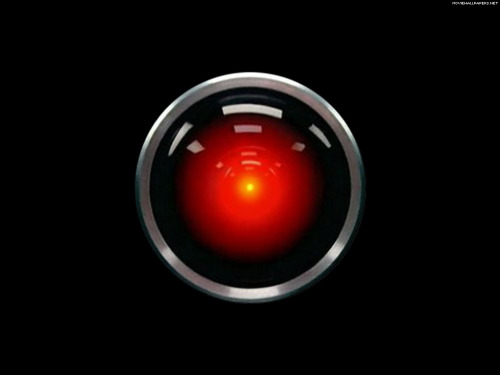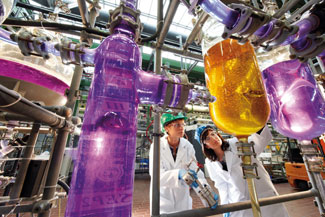Only last year, Craig Ventner, a known Human Genome sequencer, managed to inject completely synthetic DNA, into another cell, which then managed to reproduce. The goal of his research was to create bacteria that could be used to control CO2 levels in the atmosphere by converting it to other non-greenhouse gases.
Creating life some would argue, while other say that really all he did was make a synthetic replicate of life, a copy. Regarding the actual production and creation of new life, research is at its beginning.
In the visions of Bio-engineers, there are truly amazing things yet to come. DNA code that instead of two basepairs contains three, an alternate, new genetic code, which could increase the amount of possible combinations massively. Completely new amino acids, and therefore proteins could be created.
There are other potential uses for bio-engineered cells. Researchers in Edinburgh presented microorganisms capable of detecting arson in drinking water, in 2006, ideas about biological circuits have been in discussion for a long time.
But there are of course also other more sinister uses for these kinds of manipulations of life. Extinct strains of long dead diseases could be brough back, or even worse modified. The horrible biological weapons that are possible with this kind of technology are hard to imagine.
As of yet, however most of what has been done is the synthetic recreation of existing DNA. Little original life has been made, also due to problems with the synthesising of other cell parts. While making cell proteins is less of a problem, making the different cell membranes and organelles is more difficult, and only recently a new experimental way was found to make them in a regular way.
 |
| Artist's rendering of cell structure. (Credit: iStockphoto/Sebastian Kaulitzki) |
So since this is a bit of a long one:
Tl;dr: Synthetic cells, have not yet been made, but due to recent advances will probably soon be made.
Basically I will try to post once every two days, although I don't have much time during the week, due to school etc.

























